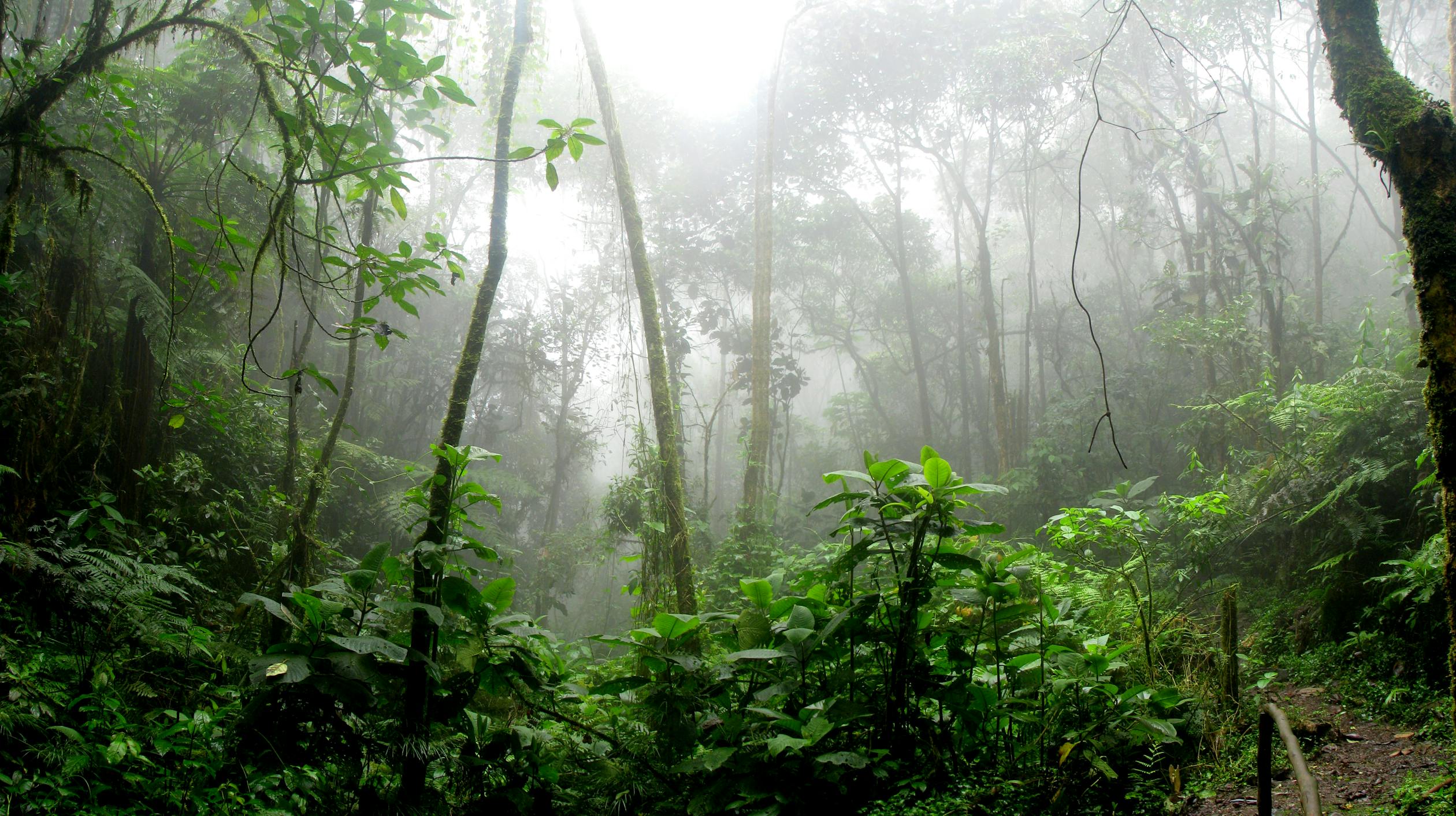Introduction
The Amazon Rainforest is often referred to as the "lungs of the Earth." Spanning over 5.5 million square kilometers, it harbors an astounding array of biodiversity, from towering trees to vibrant wildlife. This article delves into the ecological wonders of the Amazon Rainforest, emphasizing its vital role in maintaining the planet's health.
Diversity of Life
The Amazon is home to around 10% of all known species on Earth. This includes:
- Over 40,000 plant species
- 1,300 bird species
- 3,000 fish species
- 430 mammal species
This incredible biodiversity is not only beautiful but plays a crucial role in the health of our ecosystems.
Unique Ecosystems
Within the rainforest, various ecosystems coexist, each hosting unique flora and fauna. From the flooded forests, known as varzea, to the dry upland forests, these ecosystems interact in complex ways, contributing to the resilience of the rainforest as a whole.
Climate Regulation
The Amazon Rainforest significantly influences global weather patterns. By absorbing vast amounts of carbon dioxide, it helps mitigate climate change. Deforestation poses a severe threat to this crucial function. Protecting the rainforest is essential not only for the species that inhabit it but also for the entire planet.
Conservation Efforts
Various organizations and governments are working tirelessly to protect the Amazon. Initiatives include establishing protected areas, promoting sustainable practices, and supporting indigenous communities who are the custodians of this rich ecosystem. Public awareness and participation are vital for these efforts to be successful.
Conclusion
The Amazon Rainforest is a complex and vibrant ecosystem worth protecting. Its biodiversity, climate regulation, and unique ecosystems are irreplaceable. As stewards of the planet, it is our responsibility to ensure the longevity of this ecological treasure.




Comments (0)